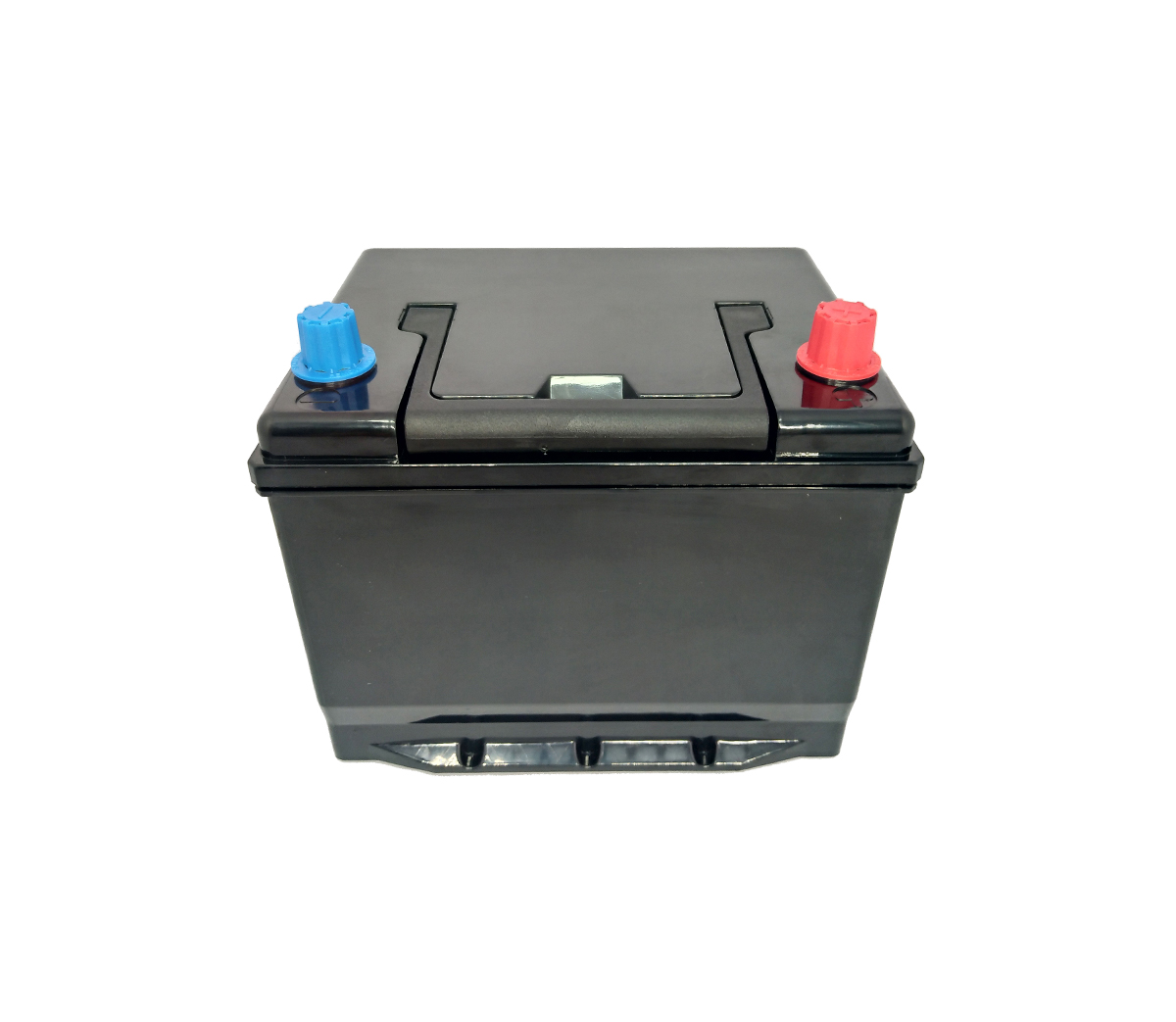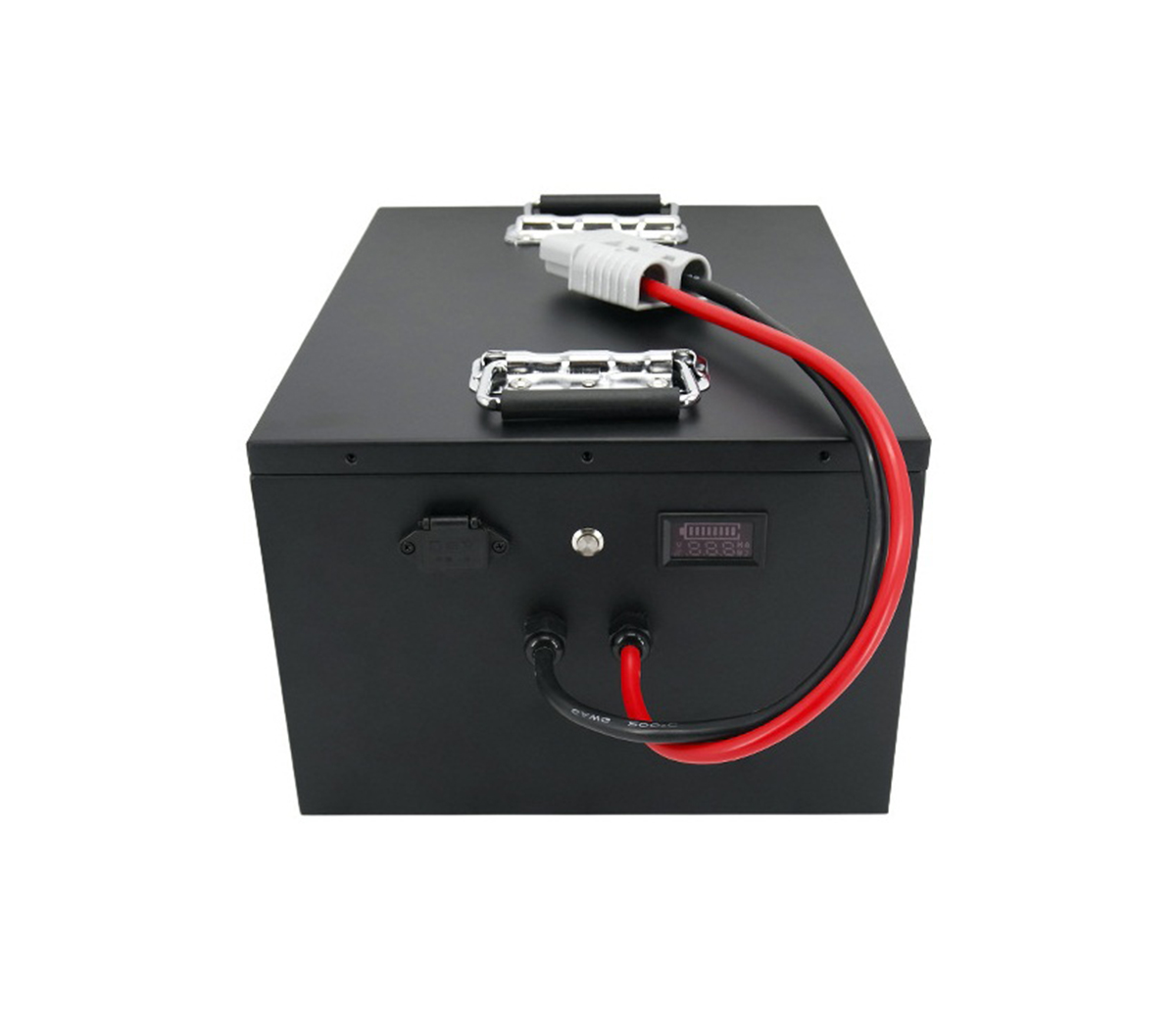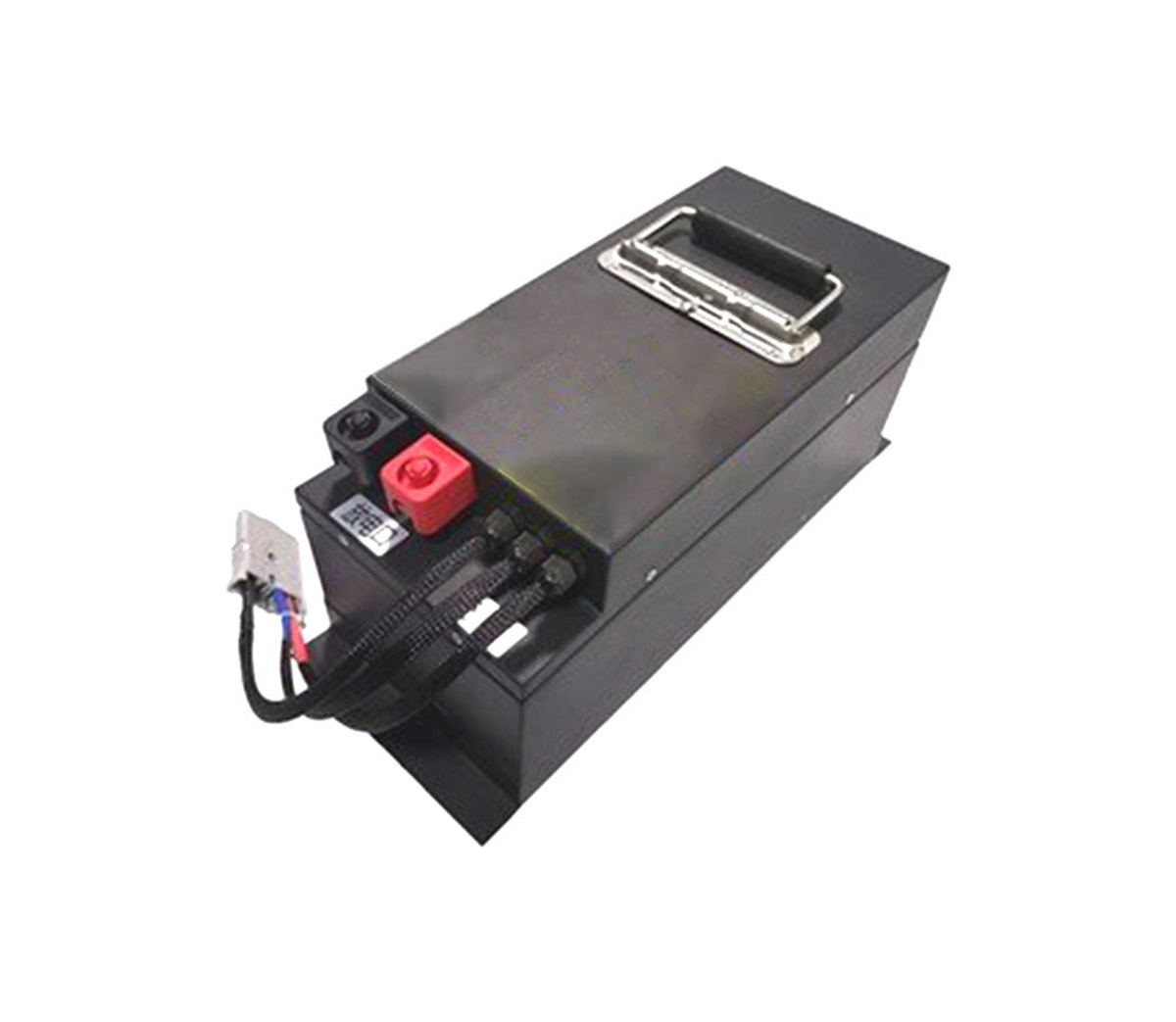The prospect of charging pile infrastructure construction is in trouble.
What kind of charging technology will become the mainstream in the future?
According to the automobile production and sales data released by the China
Automobile Association in April 2018, the production and sales of new energy
vehicles in April this year were 81,000 and 82,000, respectively, with
year-on-year growth of 117.7% and 138.4%; cumulative sales of new energy from
January to April There were 225,000 cars, a year-on-year increase of 149.2%.
According to the official data released by the China Charging Alliance, as
of April 2018, the member units of the alliance have reported a total of 262,058
public charging piles, and 412,283 pieces of vehicle-related information data
have been sampled by the member vehicle companies in the alliance, totaling
about 67.4 charging piles. Ten thousand. Among them, 8,984 public charging piles
were added in April compared with March, an increase of 62.5% year-on-year.

According to previous relevant data, as of the end of 2017, the
vehicle-to-pile ratio of China's new energy vehicles was only 3.5:1, and the
layout of charging facilities was still not reasonable enough. The growth of
both the production and sales volume of new energy vehicles and the market data
of charging piles shows that China's new energy vehicle market is gradually
healthy, and the "imbalance" of the ratio of new energy vehicles to charging
piles is also expected to be alleviated.
However, when charging piles are playing triumphantly, the problem of the
utilization rate of public charging piles still plagues the industry-only 12%
utilization rate not only makes charging pile companies face commercial profit
dilemmas, but also puts charging pile infrastructure construction prospects into
trouble . Experts pointed out that the 12% utilization rate is mainly due to two
major technical problems: first, the charging pile has technical and cost
challenges in power compatibility; second, slow charging is the mainstream but
hindering the mainstream charging.
On December 28, 2015, the General Administration of Quality Supervision,
Inspection and Quarantine, the Ministry of Industry and Information Technology,
the Ministry of Science and Technology and other departments issued five new
national standards for charging interfaces and communication protocols for
electric vehicles. The standards took effect on January 1, 2016. As of the end
of 2017, there are existing charging in the market. The pile basically completes
the national standard conversion. However, experts pointed out that the 2015
national standard did not make further detailed requirements for the current,
voltage, power and other details during charging, and failed to completely solve
the problem of standard unification.
Among the many technical standards, the industry is most concerned about
the power issue. At present, the commonly used technologies for charging piles
use two types of AC charging technology with power of 3.3kW and 7kW to fill a
car with a range of 300 to 400 kilometers. It takes about 6 to 8 hours. Using
high-power DC charging technology can achieve about 30 minutes. Complete
charging. There is a clear gap in efficiency between the two technologies.
However, the general power of DC charging is above 40KW/h, which is 6 times
more than AC charging, and special design is required. Therefore, in the policy
subsidies for charging infrastructure construction in many places, the subsidy
amount for DC charging piles is often twice that of AC charging piles, which
further makes the construction of high-power charging piles difficult. As of
September 2017, the DC charging pile market accounted for 26%, the AC and DC
integrated charging piles accounted for 34.67%, and the AC charging piles
accounted for nearly 40%.
Now this problem is gradually being solved everywhere. For example, in the
special plan for electric vehicle charging infrastructure released by Fuzhou,
the construction standard of "recommended DC standard pile power is 60kW" is
proposed; in 2018, the first batch of charging piles of the State Grid also bid
for "300kW, 475kW" as one of the equipment requirements. .
In terms of technological breakthroughs of charging companies, there are
now more solutions for output power. One is to create energy storage products
for DC incremental distribution network applications through intelligence.
According to reports, Hebei Taozhen New Energy Company has developed such
products that can fundamentally solve the problem of charging power without
relying on the expansion of the distribution network. Even high-power fast
charging can ensure zero impact on the traditional power grid.
In terms of effect, the energy storage charging station can support 100% of
all parking spaces in all parking spaces to build maximum power charging piles,
which can meet the needs of different new energy vehicles for 5-10 minutes of
fast charging at the same time in the next 10 years. It is reported that Hebei
Taozhen New Energy Co., Ltd. currently has self-developed MINI super charging
stations, 1MWh standard 20-foot energy storage containers and other green smart
energy storage equipment, suitable for public and private scenarios, including
electric vehicle charging stations, various types of Parking lots, residential
quarters, commercial complexes, etc. The second is to manufacture high-power
single charging piles and launch related products with 120KW as the main
standard.
Tesla’s super charging pile overseas can provide up to 120kW for ModelS and
charge 350kW at an impact; TerraHighPowerDC fast charging charging pile, the
output power can reach 350kW.
However, in comparison, which charging technology will become the
mainstream in the future depends mainly on operating costs and utilization
rates. Experts predict that in the future, if you want to meet the 400
kilometers cruising range and short-term charging at the same time, the charging
power requirements for the charging pile are very high. If the charging time is
controlled at about 10 minutes, 350KW power is required, but 350KW cannot be
achieved overnight, so 150 -240kW DC output is the trend in the next 2-3 years.
In this way, the intelligent DC incremental distribution network application
energy storage products represented by Taozhen New Energy Company are
foreseeable will have more room for development, and it is bound to promote the
construction of charging pile infrastructure to achieve cost reduction and
utilization rate improvement.
At the 2018 China Automotive Forum just in the past, charging technology
has also become the focus of attention of industry experts and scholars, and
they proposed to attach importance to the development and application of
charging technology to provide customers with good charging guarantees and
services, which will become a post-subsidy era car company. It is a very
important element of competition in the market with related companies. The
technological breakthroughs in high-power charging equipment will undoubtedly
provide breakthroughs for car companies to achieve profitable and sustainable
business models.



































